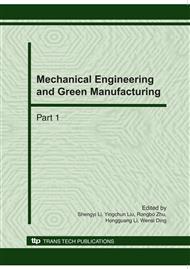p.765
p.770
p.774
p.780
p.785
p.790
p.795
p.801
p.806
Decomposition Model Based on Optimal Power Flow in Interconnected Electricity Networks
Abstract:
In order to adapt to the current multi-level dispatching management system and to promote the operational efficiency of interconnected electricity networks, this paper proposes a decomposition collaborative model based on optimal power flow theory. The model is a quadratic programming question used to solve optimal power flow model. The information of interchanging between regions is communication price and boundary nodal bus phase angle. IEEE 30-bus test system demonstrates the validity and novelty of the model that the regional network can be calculated reasonably and the development of cross-regional electricity transaction is promoted effectively.
Info:
Periodical:
Pages:
785-789
Citation:
Online since:
October 2010
Authors:
Price:
Сopyright:
© 2010 Trans Tech Publications Ltd. All Rights Reserved
Share:
Citation:


